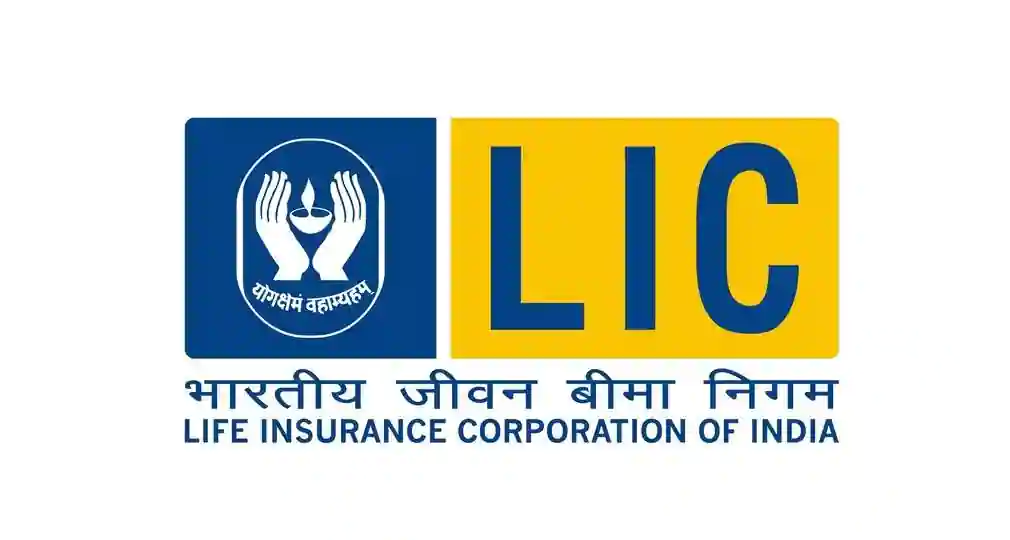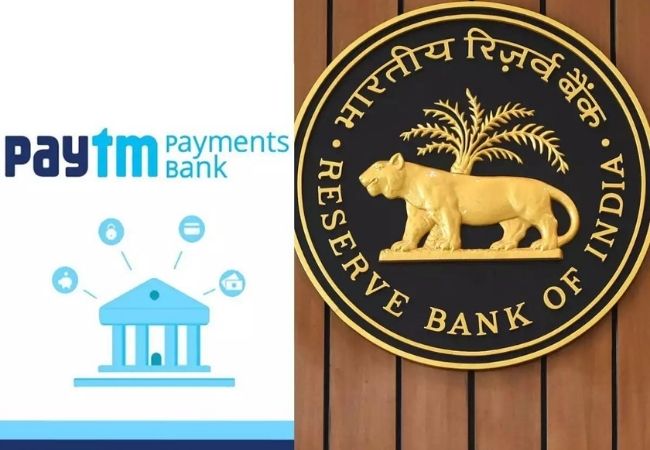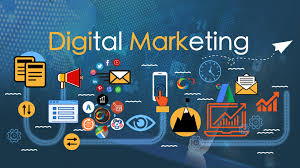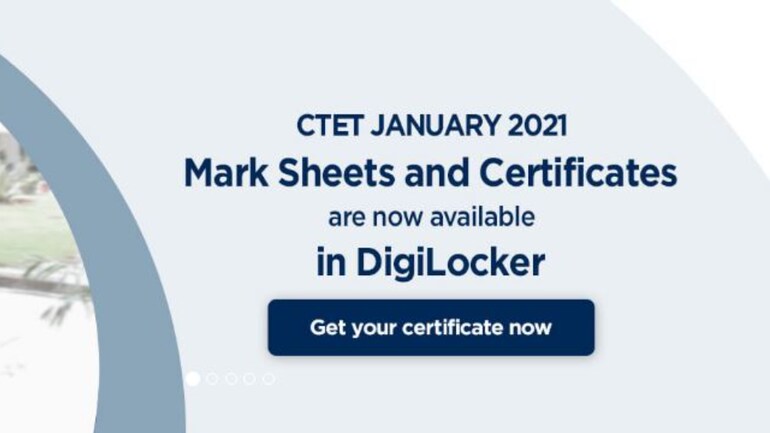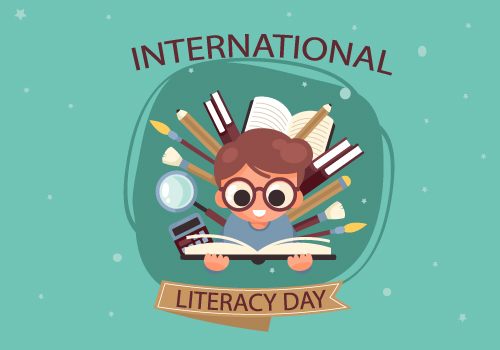Content Development, Blog articles, newsletter, infographics
You need a plan.
If you’re reading this, you already know the marketing value of exceptional content.
It’s true—Content is your moneymaker.
Content is also your sales pitch. It’s your billboard, brochure, and portfolio – rolled into one.
However, content without structure is like a ship without a captain.
Your content’s effectiveness is steered by your developmental approach to reachingyour audience.
Whether you’re a blogger, marketing professional or a social media strategist – you need strong content that’s organized by a content development strategy.
As I said, you need a plan.
However, what does an optimized development plan look like?
- It reaches a broader audience through organic publicity.
- It tailors your content for different readers.
- It helps generate fresh, competitive content—On deadline!
- Helps to establish trust.
- Converts visitors into repeat (paying) customers.
In other words, you need well-written, actionable and shareable content that educates readers, spread word-of-mouth business, and solidifies your reputation as an authority.
Quality content proves to customers you’re an innovative thought leader. It establishes trust. A professional content development strategy will help you edge out the competition.
Still with me?
Good.
Let’s walk through the fundamentals. Then we’ll jump on some advanced techniques.
What is content development?
It’s the strategic planning, organization, and execution behind content creation and distribution.
Think of content “development” as a two-sided coin.
1. Side one: strategic planning – how and when to distribute organized content—the engineering.
2. Side two: content creation – writing authoritative and innovative content. The architecture.
First, you develop a plan. Then you develop the writing.
To be successful, you have to master both disciplines– the organization and the production.
How do you strike the perfect balance?
Invest as much effort planning your content development process as you do producing the content—If not more.
Why is content development so important?
Successful content development requires you to streamline your process.
Once you get your production line up and running, your organization becomes a well-oiled machine.
Well-structured content development models take the guesswork out of creating top-level content. This lets you focus on delivering superior information and making sales.
Content development also prevents you from missing deadlines. It eliminates procrastination and other distractions that steal time away from crafting killer content.
It’s the blueprint you unroll to visualize the structure of your goals, and the strategies to achieve them.
Stages of the Content Development Process
Let’s flip on a light and examine that blueprint.
1. Defining your content goals.
- What value does this content add? (education, problem-solving?)
- Who are you making the content for? (experts, professionals, hobbyists?)
- Where are you posting it? (blog, website, social media, all of the above?)
- When are you rolling out this content? (maintaining a content schedule.)
- How will your audience find and interact with this content? (channel and platform strategy.)
- What makes your content different from your competition? (uniqueness, innovation.)
2. Learning about your audience.
- Research the buying habits and behaviors of your customers.
- Pay attention to customers comments and suggestions on social media.
- Familiarize yourself with tools like Google Demographics and Interests.
3. Creating a content calendar.
Are you tired of missing deadlines? Create a content development calendar.
To optimize your results, you need to map out a schedule of what content to post, how often to post and specific dates of the postings.
This is an excellent planning tool that will give your team a centralized source to track content progress over multiple platforms.
It’s also a great way to quickly visualize the amount and types of content you’re putting out this week/month/year. Without a calendar, you risk duplication or, even worse, creating gaps in essential content.
Calendars also help you plan for milestones, so you make the most of important events and holidays.
Planning quarterly works well, since it can be hard to plan out an entire year at once.
You need to control your workflow, so you’re pumping out content quickly – hitting deadlines while raising your game with exponentially better content that keeps visitors hungry for more.
4. Systematizing your writing process for efficiency and performance.
- Design templates for blogs, white papers, infographics, video scripts, charts, and graphs.
- Design writer guidelines for you and your team. This ensures consistent branding and quality.
- Test out content variations. Modulate tone for different audiences.
- Collect data on performance. Which content generates the best results?
5. Studying your competition.
- Stay relevant by analyzing the top competitors. Borrow their best practices.
- Determine what your competitors are lacking. Step in to fill that void.
- Solve problems – don’t give visitors any reason to bounce into the arms of a competitor.
- Become a content genie. Ask your audience for their wish list and start granting.
6. Maintaining a strong social media presence.
- Use a variety of social media channels.
- Post often—but not too often.
- Make it easy to share your content.
7. Mastering SEO Optimization.
Search Engine Optimization gets to the heart of effective digital marketing.
You need to bone up on the fundamentals of good SEO writing:
- Make sure all your web content is indexed.
- Be sure to use proper formatting tags (H1, H2, etc.)
- Keep individual page URLs short and use dashes to separate words.
- Learn to rank for Google. Produce authoritative content and Google will prioritize your content.
- Regularly perform keyword research. That means using tools like SEMrush to find the best and most relevant keywords for your content.
- Keep up with changing trends. SEO marketing changes all the time. It pays to stay abreast with industry experts.
8. Develop Free Content for Visitors.
Educate readers using tangible downloads filled with actionable tips and helpful tools they can use now. Teach them a skill, so they feel empowered and grateful.
Why should you provide free content?
- Downloads are portable. If visitors don’t stay on your page, they can revisit your PDF later.
- It establishes you as an expert. Who else could develop such an authoritative white paper?
- It expands your network. Downloads are easy to share, spreading word-of-mouth interest.
Makes sense, right? Grateful customers tend to stick around.
What kind of free content should you offer?
- Blog articles. Blogs are terrific educational tools that show off your expertise and your brand’s writing style. Online content like blogs is easily digestible.
- Newsletters. Email content has to be entertaining and useful if you want people to read it. Offer them valuable information on your industry and the services you offer.
- Infographics and memes. Infographics convey many data in a small package. Visuals are great learning tools. Moreover, memes are a fun way to make your content shareable for younger generations.
- Fun emails with Coupons. This should go without saying, but everyone loves a good discount.
- Videos. Video content is a great way to show off personality and incorporate humor.
- Tutorials and courses. Whether video courses or PDF tutorials, educational content is always appreciated by customers and proves your expertise.
- Templates. Depending on what services you offer, there are several template types you can offer customers to help them help themselves.
- E-books. While e-books require an up-front time investment, they can lay out all the components of your platform, like a site map that indexes your services and expertise.
But wait—isn’t that giving away the farm?
Not at all! Freebies are proven lead magnets that make visitors happy, drawing them closer to buying your products and services.
Not convinced?
Think of it this way:
Teach a woman to fish using your template, and she’ll be grateful. However, she’s busy, so she asks YOU to fish for her. Then later, she’ll want you to teach her to hunt bigger game.
Which you’re happy to do. For a fee.
9. Learn the Ingredients of Top-Performing Content
Content is the feather that tickles your customer’s curiosity.
It’s a pleasant itch they can’t help but scratch, and stellar content leads to stellar profits.
You need to capture the attention of visitors, so they convert into paying customers.
How?
With a platform that’s rich in quality content. Content that speaks to customer needs and demonstrates brand value. The best content stimulates interest, solves a problem and leaves customers wanting more.
It establishes your reputation as an industry expert.
Generating consistently top-performing (and high-ranking) content can seem overwhelming.
It’s easier than you think:
- Be concise. Stay focused. Eliminate confusing or extraneous ideas.
- Be engaging. Win over readers with the fundamentals. Then introduce new insights about related challenges readers haven’t considered. Help them overcome those challenges.
- Answer your readers’ questions. To level-up your content game, you have to write copy that delivers answers better than competitors. Visitors seek you out based on the implied promise you’ll address their needs. Keep that promise.
- Quote industry experts. Quotations, statistics, and studies add credibility to content. Leverage the authority of other experts (as long as they aren’t your competitors).
- Be adaptable and agile. Tweak your content based on customer interactions and behavior. As David Ogilvy said, “Never stop testing, and your advertising will never stop improving.”
- Write for your audience. Knowing your audience is key to winning them over. While there are universal truths that appeal to most people, you still need to tailor the language, tone, and information to your targeted demographic.
- Link to High Domain Authority (DA) Sources: Websites with high domain authorities serve as sources trusted by readers. The DA concept was created by Moz, the parent company of the Firefox browser. It uses a 1-100 scale of authority (100 being the best).
- Learn to Write for “Scanners.” Studies show people don’t read online like in print. They scan. They glance. You have mere seconds to win them over. Use short sentences.
- Hook them with one-sentence paragraphs.
10. Use Storytelling to Educate While Entertaining
Picture it:
Potential customers Google your services while sipping their morning coffee.
They visit your site. They admire your attractive design scheme—the intuitive layout.
Their minds wander. They glance at other browser tabs. They consider clicking a competitor’s link.
However, then they spot your “About Us” section and wonder, “What can this company do for me?”
They peruse your team’s qualifications. “Impressive!” they think.
Conveniently, they find a significant section of pull-quotes from satisfied customer testimonials. “They sound happy,” your visitor thinks.
Then they notice your “Free Resources” page. They watch videos, download useful infographics and e-books.
They read your call to action. “This is EXACTLY who I need!” they exclaim – excited to work with you.
You’ve won them over. Your content convinced them you’re the best. They share your content with friends.
For leading content providers, this happens every day. It can happen for you, too.
The best content creators use compelling storytelling to captivate readers and sell their message—to explain problems and solutions through relatable narrative. (They also remember to use analogies, humor, and emotion to make their stories memorable.)
So tell a few stories. Just don’t get lost in the weeds – you’re not writing War and Peace.
You still have to get to the point.
Wrapping Up
Now it’s time to use this guide to create a content development plan of your own.
Develop a winning strategy that lays out your calendar, goals and long-term vision for a successful brand.
Invest your time on creating quality content and then market that content like a pro.
Source: Ronsela
Content Development, Blog articles, newsletter, infographics











































.png)
.png)


















































































































